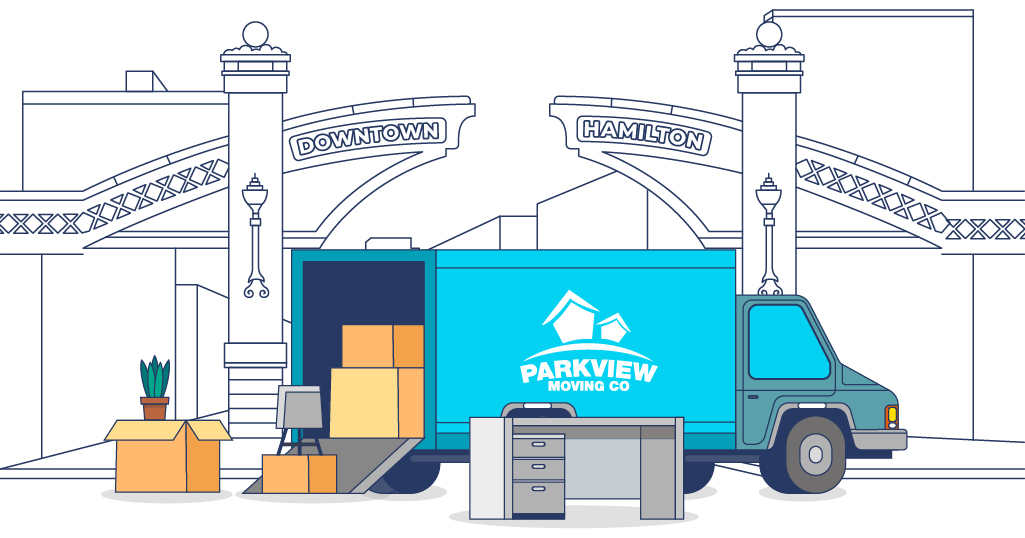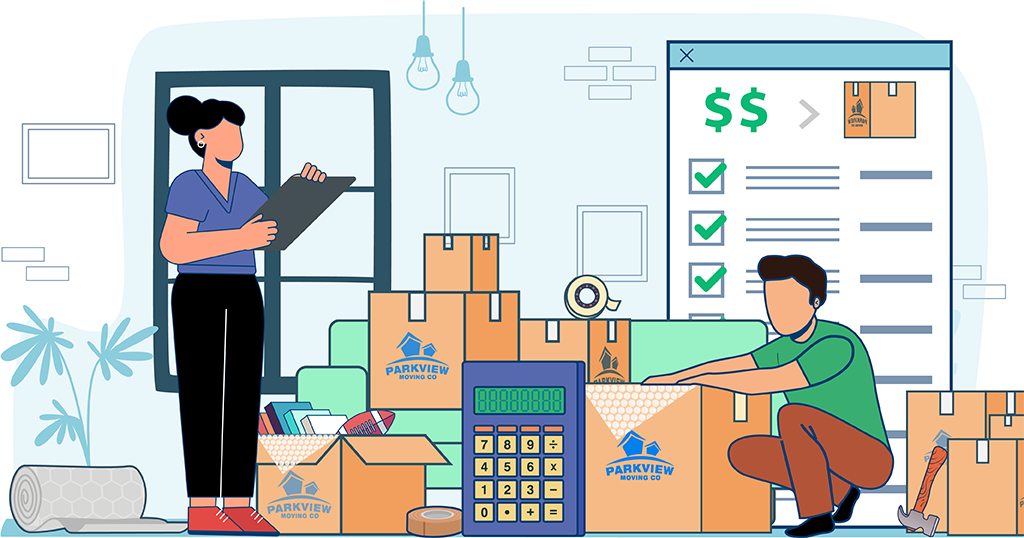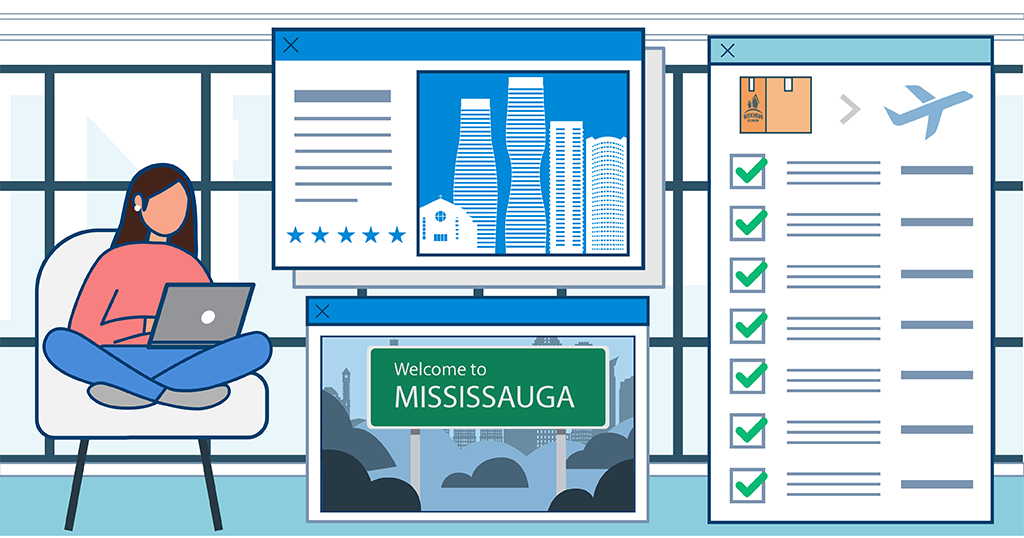You’re in the midst of moving chaos, surrounded by boxes and packing tape, trying to remember where you put the cat carrier while your dog anxiously watches every move. Moving with pets can be incredibly stressful, not just for you, but for your furry companions as well. Pets thrive on routine and familiarity, so the upheaval of a move can be particularly unsettling for them.
But it doesn’t have to be this way. With a little preparation and the right strategies, you can transform a stressful move into a smooth transition for both you and your pets.
In this guide, we’ll share essential tips to help you navigate moving with pets. Let’s make moving a breeze with these pet relocation tips!
1: Start Preparing Early
It’s best to start preparing early to make things easier for everyone involved. The earlier you begin, the more relaxed you and your furry friends will be when moving day arrives.
Grab a notebook or open a new document on your computer and start making a list. Write down everything you need to do before the move:
- Booking a moving company
- Scheduling vet visits
- Packing your pets’ belongings
- Breaking things down into simple steps can make the whole process feel much less overwhelming.
It’s a great idea to let your pet get used to their carrier well before the move. Leave it open in a favorite room, toss in some treats or toys, and let them explore it on their own terms. This way, the carrier will feel like a safe space rather than a scary, unfamiliar box.
And don’t forget about the paperwork! Ensure you have your pets’:
- Medical records
- Vaccination certificates
- Any necessary travel documents
If you’re moving to a different province, check the local pet regulations. Some places might have specific requirements for vaccinations or health certificates.
2: Visit the Vet Before the Move
One of the most important steps when moving pets safely is to schedule a vet visit before the move.
Let them know about your upcoming move and ask for a thorough health check-up. Address any concerns you might have about your pet’s health. Your vet can check for any issues that might need attention and ensure your pet is fit for travel.
During the visit, make sure to discuss any medications your pet might need during the move. If your pet gets anxious during travel, your vet might recommend a mild sedative or anti-anxiety medication. It’s also a good time to refill any regular prescriptions your pet takes, so you don’t run out during the move.
Finally, ask your vet for any tips on making the move easier for your pet. They might have specific advice based on your pet’s:
- Breed
- Age
- Health condition
Your vet is a great resource for making sure your pet stays healthy and comfortable during the move.
3: Keep Your Pets’ Routine Consistent
Keeping your pets’ routine consistent is one of the best ways to help them feel secure during a move. Pets thrive on routine, and maintaining their regular schedule can provide a sense of normalcy amidst all the changes.
If your pet is used to eating breakfast at 8 a.m. and dinner at 6 p.m., try to keep these times the same, even on moving day. Consistent feeding schedules help reduce anxiety and make your pets feel more at ease.
Regular walking and playtimes are equally important. If you usually take your dog for a walk in the morning and evening, keep these walks going.
For cats, make time for their usual play sessions or cuddle times. Familiar activities can be very soothing.
Maintaining other daily routines can also help. For example, if you have a bedtime ritual with your pet, like a little playtime or a treat before bed, keep that going in your new home. Familiar routines provide comfort and reassurance.
While it’s important to keep routines as consistent as possible, also be patient with your pets as they adjust to the new environment. They might need a bit more attention and reassurance during this time.
Spend extra time with them, offer plenty of cuddles, and talk to them in a soothing voice.
4: Safeguard Pets During the Move
Use secure carriers or crates for your pets. Whether you have a cat, dog, or smaller animal, a sturdy carrier provides a safe space during the chaos of moving. Make sure the carrier is well-ventilated and large enough for your pet to stand, turn around, and lie down comfortably.
Your pets should have proper identification. Accidents can happen during a move, and the last thing you want is a lost pet. Make sure your pets are wearing up-to-date ID tags with your current contact information.
It’s also wise to have your pets microchipped if they aren’t already. A microchip provides a permanent form of identification and greatly increases the chances of being reunited with your pet if they get lost.
Before moving day, check that your pet’s microchip information is current and registered with a reliable database.
On the day of the move, keep your pets in their carriers or a secure room while movers are in and out of the house. This prevents any chance of them slipping out through an open door.
If possible, have a friend or family member take care of your pets during the busiest parts of the move to keep them safe and out of the way while you handle the heavy lifting.
5: Gradual Introduction to the New Home in Ottawa
Allow your pets to explore the new home slowly. When you arrive, start by setting up a small, quiet room with their familiar items, like their:
- Bed
- Toys
- Food
Let them settle in here first before giving them access to the rest of the house. Having a smaller area to explore initially can help reduce their stress.
Once they seem comfortable in their safe zone, gradually open up more areas of the house. Take it one room at a time, allowing them to explore at their own pace.
Keep a close eye on them during these initial explorations to ensure they don’t get into any trouble or find areas that might be unsafe.
Supervise your pets’ interactions with the new environment closely. Watch for signs of anxiety or stress, such as:
- Excessive hiding
- Vocalizing
- Changes in eating habits
If they seem overwhelmed, take a step back and give them more time in their safe zone before trying again.
For dogs, start with short, supervised walks around the neighborhood to familiarize them with their new surroundings. For cats, you might want to keep them indoors for the first few weeks until they feel more secure in their new home.
Gradual exposure helps them build confidence and adjust to new smells and sounds.
6: Consider Pet-Friendly Moving Solutions
When moving with pets, finding a moving company in Ottawa experienced with pet relocations can make the process much smoother.
Check online for reviews and ask for recommendations from friends or family who have moved with pets. A good pet-friendly mover will have positive feedback about their ability to manage pets during the move.
Once you’ve identified a few potential movers, discuss your specific needs with them. Let them know about your pets and any special requirements they might have.
For example, if you have an anxious cat or a large dog, explain how you plan to keep them calm and comfortable during the move. Ask the movers how they handle pets and if they have any special procedures in place.
7: Stay Calm and Positive
Pets, especially dogs and cats, are incredibly perceptive and can sense when you’re stressed. If you’re calm, they’re more likely to remain calm as well.
- Speak to them in a soothing voice
- Offer plenty of reassurance
- Take breaks to give them some extra love and attention
A few minutes of cuddling or playtime can do wonders for both you and your pet’s stress levels.
If your pet is particularly anxious, consider using calming aids. There are several options available, from pheromone sprays and diffusers to natural supplements and calming treats.
Pheromone products, like sprays or plug-in diffusers, can create a sense of familiarity and security for your pets. Natural supplements, such as those containing ingredients like chamomile or valerian root, can also help take the edge off their anxiety.
Another option is to use a calming vest or wrap for your pet. These vests simulate the feeling of a hug or a cuddle, which reduces the stress levels in the body.
If you’re considering medication, talk to your vet about prescription options that might be appropriate for your pet’s needs.
Making Moving With Pets Stress-Free in Ottawa
Moving with pets doesn’t have to be a stressful experience. By following these tips, you can ensure a smooth transition for your furry friends.
For a truly stress-free pet moving experience, choose Parkview Moving Co. Our professional team, praised for their punctuality and care, makes every move seamless. One happy customer said, “No task was too small for both moves. Highly recommended.” Trust Parkview Moving Co. to make your move with pets easy and worry-free.






